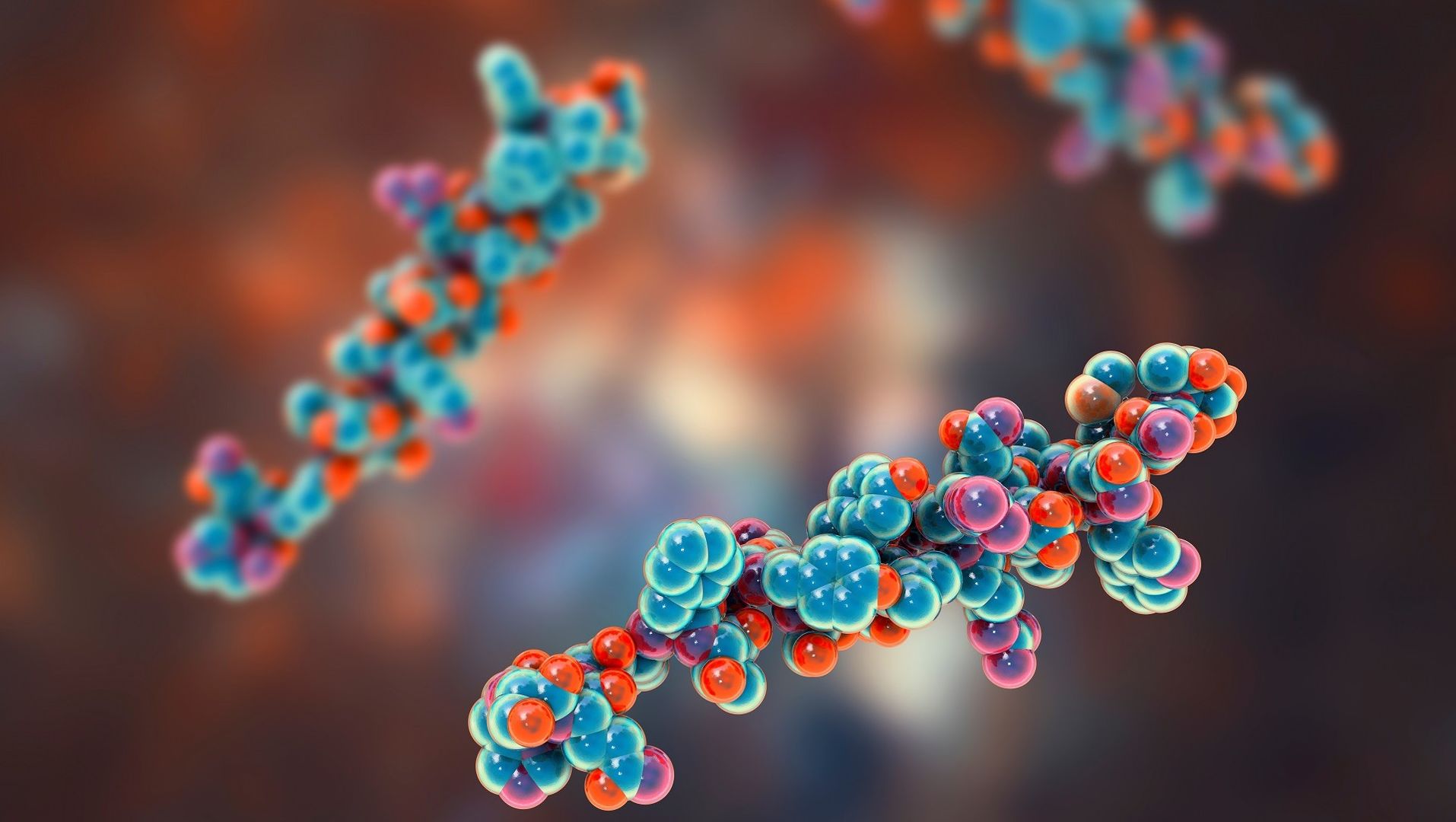- Home
-
Services
- Peptide Sample Preparation Services
-
Qualitative Peptidomics Services
- Peptide Molecular Mass Determination
- Peptide Amino Acid Composition Analysis
- Peptide Identification Service
- Peptide Sequencing Services
- Peptide Purity Identification Services
- Peptide Structure Analysis Services
- Peptide Biomarker Identification Services
- Peptide Post-Translational Modification Identification
-
Quantitative Peptidomics Services
- Label-Free Peptide Quantification Service
- iTRAQ-Based Peptidomics Analysis Service
- SILAC-Based Peptidomics Analysis Service
- TMT-Based Peptidomics Analysis Service
- Peptide Absolute Quantification Service
- Semi-Quantitative Peptidomics Analysis
- PRM-Based Peptide Quantification Service
- Shotgun Peptidomics Analysis Services
- MRM-Based Peptide Quantification Service
- Isotope Labeling Peptidomics Analysis
- Isobaric Labeling Peptidomics Analysis
- Peptide-Biomolecule Interaction Identification
-
Analysis of Peptideomics and Multi-omics
-
Integrated Analysis of Peptideomics and Bioinformatics
- Peptidomic Data Quality Assessment Service
- Differential Peptide Expression Analysis
- Peptideomics Functional Annotation and Enrichment Analysis
- Peptideomics Pathways Annotation and Enrichment Analysis
- Peptideomics Network Analysis Service
- Peptideomics Clustering Analysis Service
- Prediction of Peptide Mutation Effects
- Peptide Activity Prediction Service
- Peptide Structure Prediction Service
- Protease Prediction Service
- Integrated Analysis of Peptidomics and Lipidomics
- Integrated Analysis of Peptidomics and Transcriptomics
- Integrated Analysis of Peptidomics and Metabolomics
-
Integrated Analysis of Peptideomics and Bioinformatics
- Immunopeptidome Profiling
- Neuropeptidome Profiling
- Applications
- Resource
- About Us
- Careers
- Contact Us


